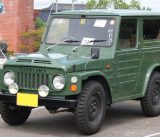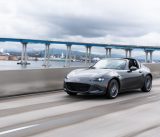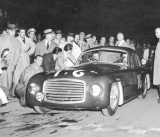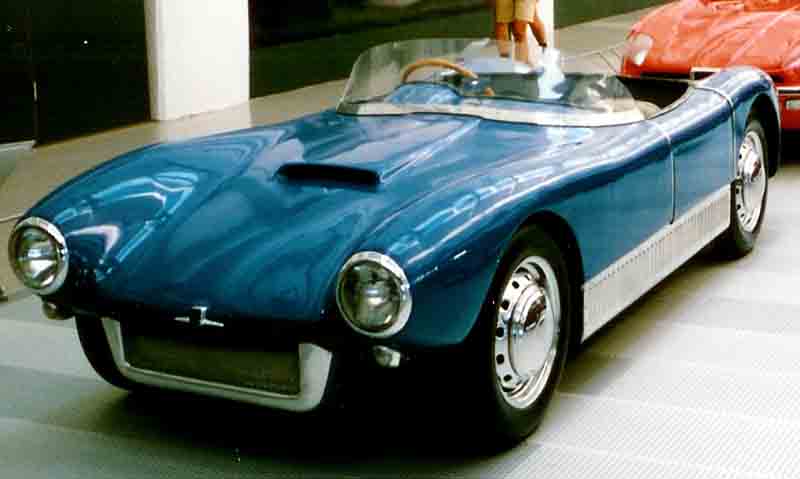
1956 Saab Sonett I
Saab started as an airplane manufacturer, not an automaker. In fact, the name Saab stands for Svenska Aeroplan Aktie Bolag, which means “Swedish Airplane Corporation.” The company was founded on April 2, 1937, and completed its factory in Trollhattan, Sweden, a year later. The Saab J29 Tunnan jet fighter went on its first flight in 1948, and throughout that decade, Saab worked on multiple aircraft development projects. 1952 was when Saab entered the electronic age with the Lansen’s flight.
More Aircraft History

Viggen, 1977
In the 1960s, Saab made the Draken and introduced the Viggen fighter aircraft. This was also when Saab entered the business of missiles. Saab delivered the first Viggen fighter in 1971. In the 1980s, Saab began developing its weapon-locating system, Arthur, and the Gripen. The 1990s saw the first laser simulator from Saab and the Sea Giraffe AMB. Saab participated in the Neuron unmanned aerial vehicle program development in 2000.
Starting the Automotive History
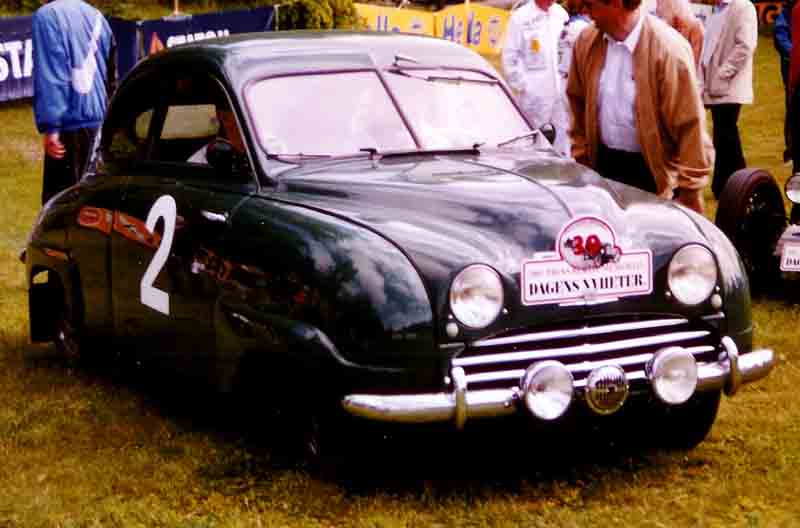
1949 Saab 92
Saab entered the automotive world in the 1940s. Its first prototype auto was the Ursaab, with “Ur” meaning “original” in Swedish. In 1945, Saab worked on Project 92, an auto development, since it determined that the impending end of WWII meant they should diversify and offer more than military aircraft. Saab determined that of the options, the best choice would be a small and affordable auto.
The full-scale production for the Saab 92 began in December 1949, and 700 units were made. This auto used a 750cc two-cylinder two-stroke engine that was transversely mounted in front of the front axle. This was also among the first vehicles that made safety a priority thanks to its use of a safety cage for passengers. The announcement for the Saab 93 arrived in August 1955, and this also was the first auto the company exported. During the 1958 New York Automobile Show, Saab showed off its Gran Turismo 750, which targeted the U.S. market. 1959 saw the introduction of the Saab 95 Station Wagon with a two-stroke engine that later became a Ford V4.
The ‘60s
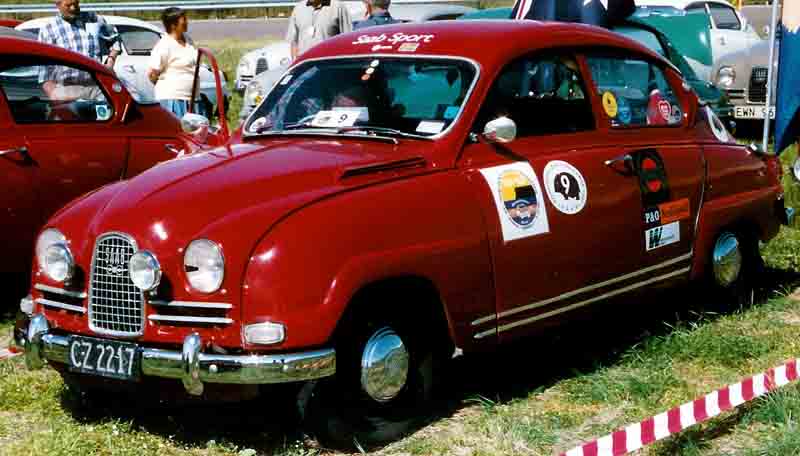
Saab unveiled the Saab 96 in 1960, and that auto lasted until 1980, is a mainstay of the automaker. During this time, Saab enthusiasts decided to participate in Formula Junior, adjusting the Saab 96 so it could meet the requirements. In 1964, Saab resolved to create a newer, larger Saab, which would be the Saab 99. This model also got a four-stroke engine from Triumph.
The ‘70s
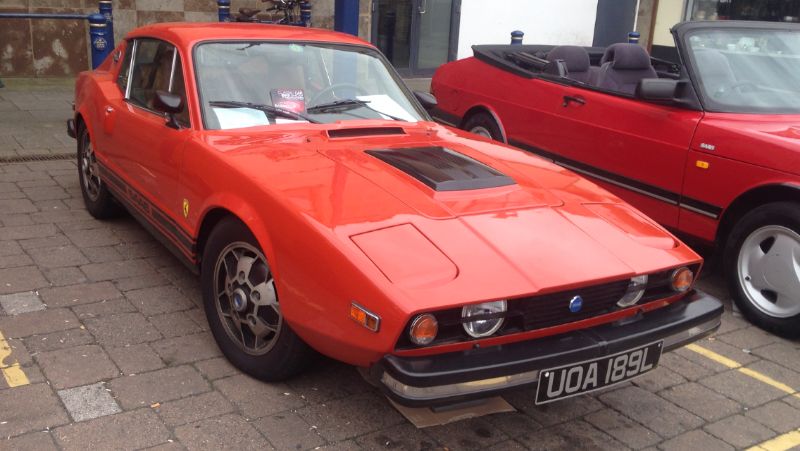
1972 Saab Sonett III
In 1970, Saab produced its 500,000th car and unveiled the Sonett III. Then, 1972 saw the introduction of two innovations: self-repairing bumpers and a driver’s seat that was electrically heated. The one millionth Saab vehicle was produced in 1976. Then, the Saab 99 Turbo arrived in 1978.
The ‘80s and Beyond

1997 Saab 9000
As of 1983, Saab made the switch to asbestos-free brake linings. One of the most popular autos in the 1980s was the Saab 900, which was in production for 15 years and had 900,000 models produced, including about 50,000 convertibles. The 1987 Saab 9000 was the first auto with front-wheel drive to offer ABS brakes. In the 1990s, Saab was the first automaker to have an air conditioning system that was Freon-free. GM bought Saab in 2000.

